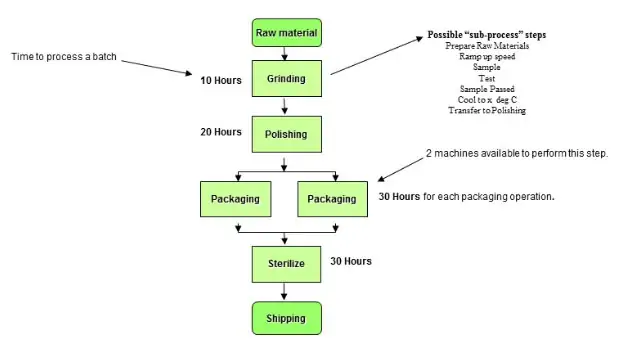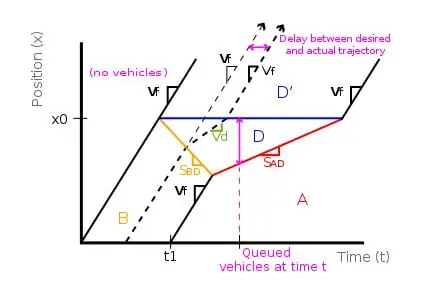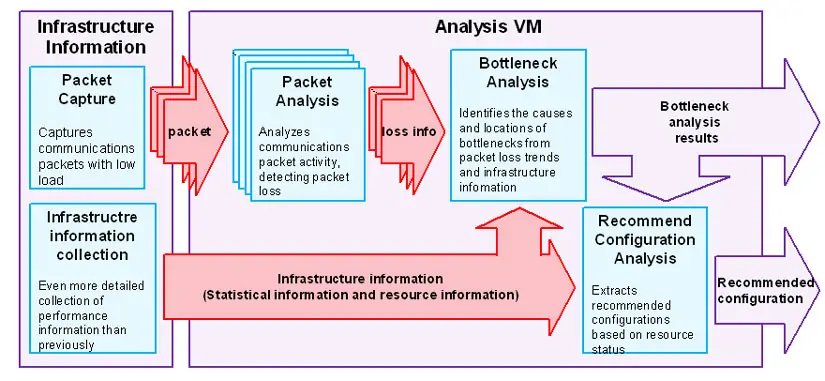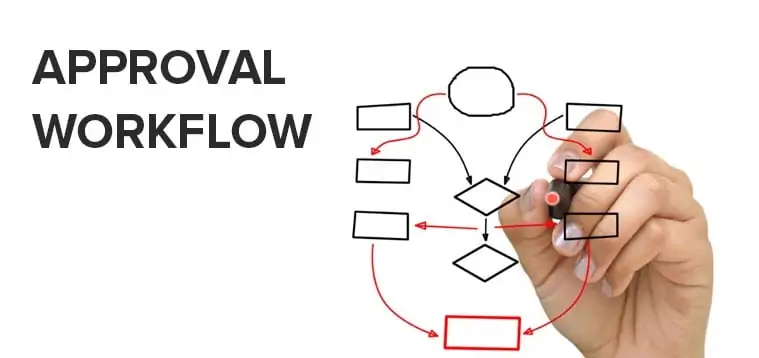Just when you thought that your assembly plant, mining operation, transporters, and team were working in unison to drive revenue growth goals, something caused it all to slow down or, worse, stop.
That something is a bottleneck, and it’s a problem.
What is a Bottleneck?
The dictionary definition of a bottleneck is something (such as a machine) “already working at its full capacity and which, therefore, cannot handle any additional demand placed on it.”
One common analogy is that of traffic from a large road leading into a narrow road. Even if the narrow road is used to its maximum capacity, it can’t sustain more than what it offers. Naturally, a line forms at the start of the narrow road and clogs the larger road. The narrow road becomes the bottleneck.
Below, we’ve outlined examples of bottleneck analyses across several business inputs:
Communication Bottleneck Analysis
A communication bottleneck is a breakdown or failure for different teams or departments to correctly communicate with one another.
This communication bottleneck analysis of the knitwear industry offers a detailed example of how this process identifies the causes and results of a communication failure.
The Knitwear Design Process

In this example, the analysts found that technicians were unable to correctly produce the knitwear because the designers didn’t provide specifications that were technically complete.
The analysts found that the best solution would be for the designers and technicians to understand what the other side needs in terms of information, and to provide it. Implementing the solution could involve building a new prototype design support system.
Process Bottleneck Analysis
Returning to the narrow road and traffic analogy earlier, a process bottleneck is a block on an increasing line of tasks waiting to be implemented.
For example if a senior manager is slow in approving a task that is a prerequisite for another task, then that manager is slowing the entire process down (i.e. they are the bottleneck).
(Source: Invoicera)
However, process bottlenecks can occur for other reasons as well. You might lack sufficient human resources, equipment, or other means necessary to complete tasks on time.
To overcome its own process bottlenecks, the Public Health Foundation (PHF) conducted an analysis to identify the root causes.
Its steps included:
- Creating a flowchart to document every process step and assess the time it takes to complete it versus the time it should take.
- Identifying the bottleneck and determining its impact on the overall process.
- Set a Quality Improvement team to test solutions for removing the bottleneck.
Resource Bottleneck Analysis
A resource bottleneck is a resource which, despite running at full capacity, cannot keep up with the inputs coming its way. As such, it is unable to meet the throughput demand.
An Example Manufacturing Process

For example, you could have a machining tool capable of cutting raw materials at an output of X. However, a new customer order requires you to produce X+1. While other parts of your manufacturing process work at X+1, the machining tool is limited to X (or X-1).
Resource Bottleneck Example
(Source: Chris Hohmann)
If you notice, there is a significant build-up at R3. This is because R3 doesn’t have the capacity to process the inputs from R1 and R2 quickly enough. As a result, R4 and R5 are working at a lower capacity. To solve the bottleneck, you would need to increase R3’s capacity.
In manufacturing, resource bottleneck analysis generally works hand-in-hand with the Theory of Constraints (TOC). The TOC tries to identify the bottleneck and then implement steps to quickly solve and move the bottleneck to another area of the process, and then repeat the cycle.
For example, you might insert more workers at R3 to increase its capacity, and, as a result, the bottleneck could move to R4. You would then focus on solving the bottleneck at R4.
Bottlenecks Prevent Revenue Growth.
Let’s Remove Them
Transportation Bottleneck Analysis
The narrow road analogy we used earlier would be a simplified (but in some places, realistic!) example of a traffic bottleneck. Of course, a narrow road isn’t the only cause of a bottleneck.
Traffic bottlenecks can occur from a variety of root causes, including:
- Construction Zones
- Incorrectly timed traffic lights
- Slow vehicles (i.e., a moving bottleneck)
- Road designs (e.g., three-lane roads becoming two-lane roads).

With traffic bottleneck analysis, the goal is to identify moving bottlenecks, such as slow-moving vehicles (e.g., buses and trucks), and push for re-evaluating existing road rules and designs.
For More on Bottlenecks and Improving Your Manufacturing Efficiency:
- How to Find (and Eradicate) Bottlenecks in Manufacturing
- 5 Killer Ways to Improve Manufacturing Efficiency
- 4 Big Disadvantages of Lean Manufacturing – A Criticism of Six Sigma’s Approach
Technology Bottleneck Analysis
Technology bottlenecks include slow computers, misconfigured or outdated servers, slow network infrastructure, and other technology constraints preventing your operations from running more efficiently.
The primary goal of technology bottleneck analysis is to identify the bottleneck, but given the diversity of the technology businesses use, that analysis can take different forms.
For example, Fujitsu is offering an automated analysis tool aimed at improving virtual network performance and electronic communications. The goal is to solve network bottlenecks.

This is simply one of many analysis options and solutions. Your technology bottleneck analysis will depend on the specific bottlenecks you find and need to solve.
Overall, the purpose of any bottleneck analysis is to identify the constraints and to offer insight into potential solutions. Your goal isn’t to remove bottlenecks for their own sake, but to achieve profit-growth goals. This is a challenge in its own right.
MOSIMTEC brings a complete full-time team of simulation experts to closely study work and operational environments to identify constraints. We leverage Modeling and Simulation Engineering (MSE) to determine and assess potential solutions for reducing your costs, increasing throughput ultimately boosting profit. Contact us today to get started with transforming your operations.

